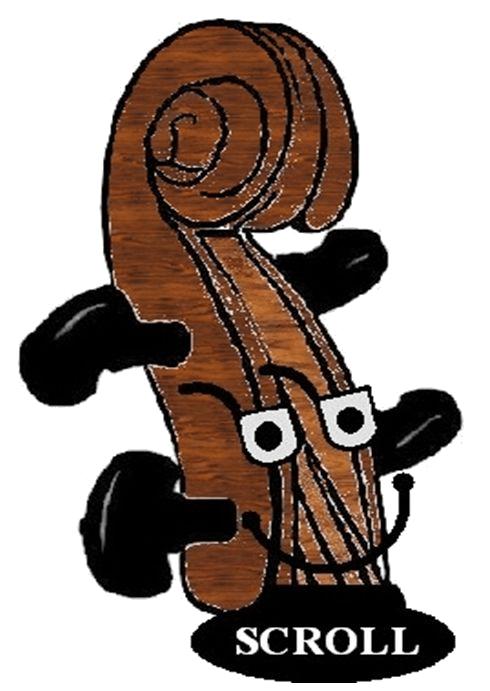Ornaments as Enhancements
Most ornaments came about when musicians improvised.

During the Baroque period, compositions reflected the dramatically elaborate artistry of the day.
Ornaments serve to enhance musical phrases.
Winding staircases, highly embroidered wallpapers and filigree, made its way into music composition style, by including ornaments. Harpsichords were commonly placed in the parlor or chamber, and often were painted with highly elaborate scenes and extravagant inlay. Music was performed as entertainment at social events, and why music written for small ensembles is called “chamber music”.
J.S. Bach compiled a list of Baroque ornaments for his son, Wilhelm Friedemann Bach, which explained ornament symbols and traditional performance practice of the time. Many of the same ornament symbols are still in use today. However, the details as to how to perform ornaments differ and are determined by the context.
Here is a list of the ornaments you will learn:
- TRILLS
- MORDENTS
- TURNS
- GRACE NOTES
- APPOGGIATURA
- ACCIACCATURA
- NACHSCHLAG NOTES
- GLISSANDO PORTAMENTO
Let’s all now be thrilled and learn about the TRILL.





